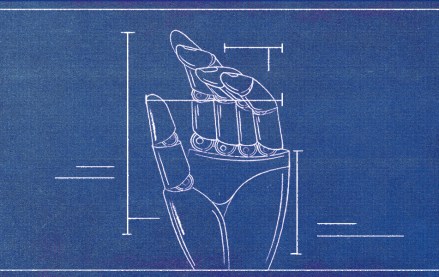
Sponsored content by Komoona
by Yair Solomon, CEO, Komoona
The fiscal turf beneath advertisers in the digital media landscape is granite, stable ground arrived at via demand-side platforms (DSPs) used to cherry-pick impressions. Publishers, on the other hand, stand on sand — often voluntarily — though sure footing is just a step away.
The roadblock? Technology, the very factor that’s created imbalance between publishers and advertisers. Working within ad exchanges and supply-side platforms (SSP), the two sides engage in real-time bidding for programmatic ads in what’s known as a second-price auction.
In a typical transaction, a buyer might offer a dollar for a thousand impressions (CPM) on a homepage banner ad. Another buyer bids $1.50. That buyer wins, but she doesn’t pay her bid price. Instead, she pays $1.01 — just one penny more than the other bidder; hence, “second-price auction.”
In the auction, publishers have one chance to set an asking price, and if they knew that a buyer was going to offer $1.50, then they’d set the floor, or asking price, at $1.49 to maximize their yield.
But bidding occurs in real time, and publishers are under the gun to update their asking prices in milliseconds. Traditionally, they set an asking price — for instance, $1 — and let the market do its thing. Sometimes they get lucky and receive $1.40; sometimes it’s a flat dollar or a price just over that. Price-setting isn’t optimized. It’s not dynamic. Publishers are effectively selling in bulk, while advertisers buy on the impression level.
Things get even more complicated when publishers work with multiple exchanges and SSPs. Prioritizing between the different platforms and setting the right floor price on each one is like solving a Rubik’s cube with colors that change even as you work to align them.
Instead of scrambling to parse multiple A/B tests and trying to divine which factors are crucial, publishers need to follow the footsteps of advertisers and partner with companies that specialize in solving these complex issues.
From our own experience at Komoona, publishers who understood how much science is involved in dynamic floor pricing (no less important when using header bidding) and who tested our approach saw an average of 30 to 40 percent revenue growth in a matter of weeks. Some chose to test on a single ad unit to compare results. Of course when more data becomes available, the more that price-setting improves. But the difference between using and not using data-driven partners who apply machine learning and who rely on algorithms is very clear to publishers from the get-go.
More from Digiday

Podcast companies turn to live events to capture growing advertiser spend
The surge in the number of live podcast events in 2025 reflects a broader shift: advertisers are betting bigger on podcasts — not just as an audio channel but as a full-fledged creator economy play.

Best Buy, Lowe’s chief marketing officers explain why they launched new influencer programs
CMOs launched these new programs in response to the growing importance of influencers in recommending products.

Agencies create specialist units to help marketers’ solve for AI search gatekeepers
Wpromote, Kepler and Jellyfish practices aim to illuminate impact of black box LLMs’ understanding of brands search and social efforts.





